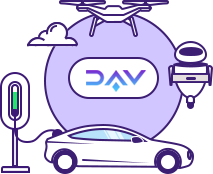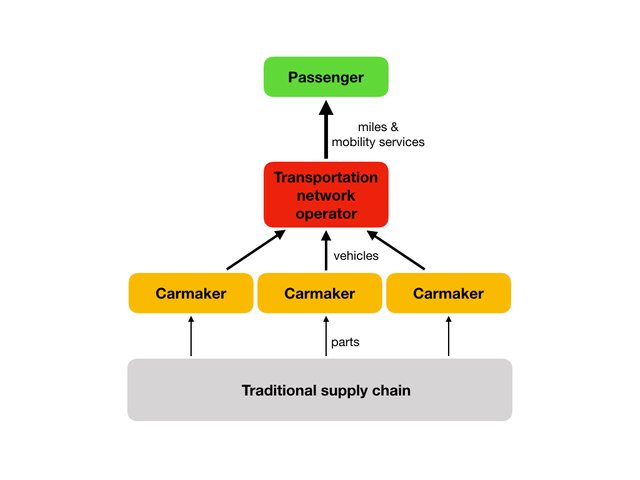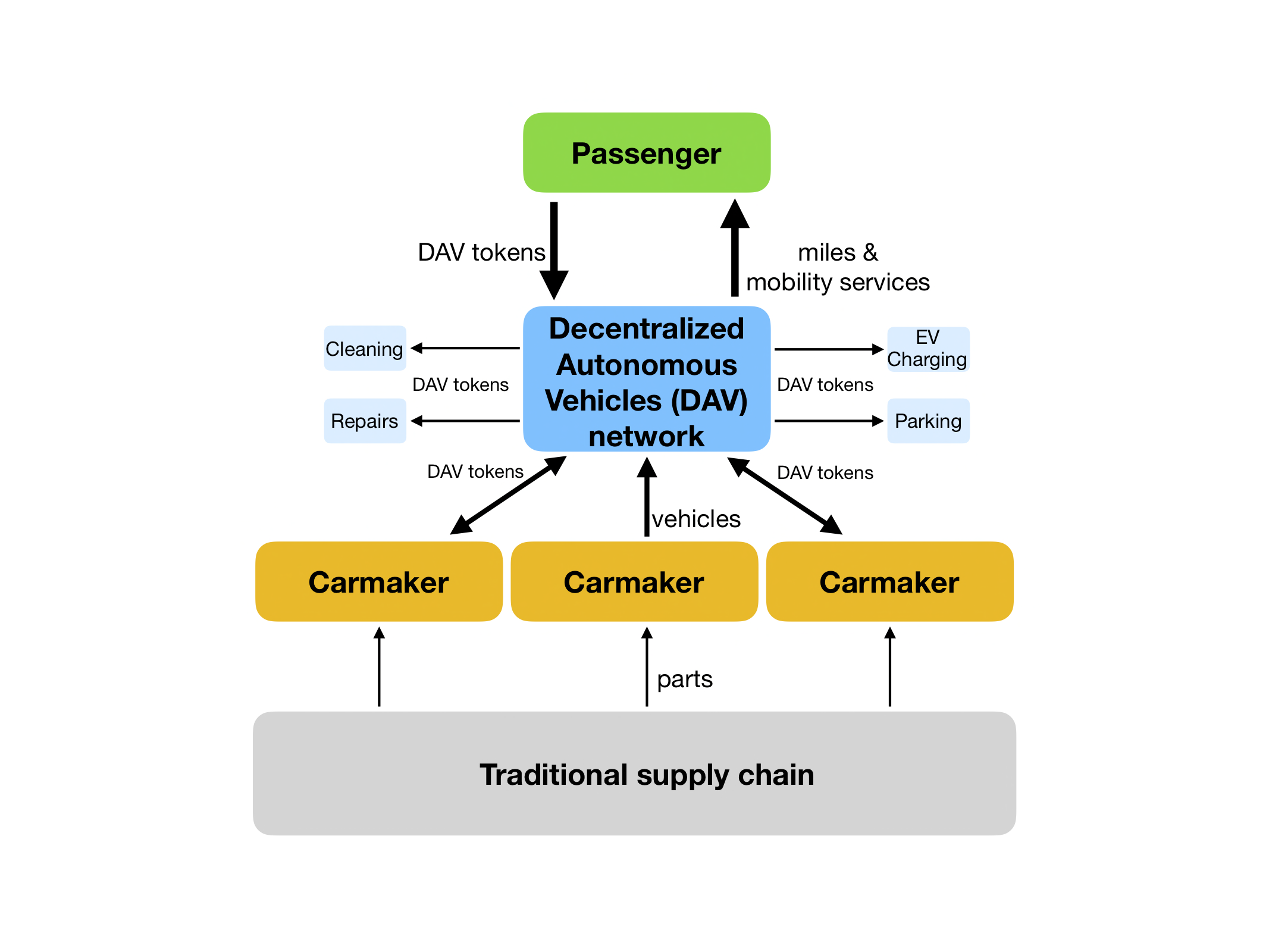
Utilizing the DAV token for Autonomous Mobility & Electric Vehicle Parking
Anyone following the advances in the automotive sector realizes that nearly all autonomous vehicles will be either electric or hybrid. The reasons for this range from likely regulations to engineering requirements of communicating with a computer, as well as the ease of recharging an autonomous EV vs. filling up an autonomous internal combustion engine with fuel.
The implications of the per-mile pricing model lead by ride-hailing services like Uber effect the rest of the automotive supply chain. As the market share of this model grows, these effects will multiply.
Shared vehicles will cover significantly more mileage, compounding the importance of marginal costs over fixed costs. This will favor a shift to electric engines since the higher upfront fixed costs of batteries will be amortized over many miles while the significantly lower marginal costs will mean lower total cost of ownership.
Autonomous vehicles will finalize the shift to the new business model that mobility operators like Uber have pioneered while significantly transforming the market where this model will apply. Without a driver, automation will lower the price per mile by about 70%. And by creating a self-driving fleet, the AV operator will make collective vehicle purchasing decisions, increasing leverage over carmakers and removing the mediation that Uber drivers currently provide.
This model is portrayed here:

If carmakers want to stay in the game, they will need to bypass the mobility providers. This could be made possible with a decentralized autonomous vehicle (DAV) network .
Instead of 1-2 transportation network operators controlling the market and increasing leverage over carmakers, autonomous carmakers would release their vehicles directly to passengers via the DAV network and earn DAV tokens for each ride. Furthermore, they could partner directly with parking operators in the relevant geographic area, who will provide parking and electric charging when needed, paying for these services with DAV tokens. The cost savings from bypassing the mobility providers could be passed onwards to the passengers or divided between the carmaker and parking operator.
We are beginning to see such business relationships develop even before driverless cars. For example, in Israel, Haifa municipality and the Car2Go car sharing company recently launched the first shared transportation project of its kind in Israel, based on electric vehicles and charging stations (read the article on Globes here). In this example, the Israeli importer of Renault, Carasso Motors, partnered with the mobility provider Car2Go and the Municipality of Haifa to arrange for specialized parking spaces with a charging station. With non-autonomous (human-driven) electric cars and even before the creation of the DAV network, talks are already underway between Carasso Motors and large parking operators in central business districts - but they would still need a mobility provider such as Car2Go or to sell the EV cars directly to consumers.
Following the deployment of the DAV network, autonomous vehicle manufacturers could partner directly with parking operators and pay them with the DAV token for EV charging at specialized parking spaces, thus bypassing the mobility provider.
This new model is portrayed here:

Israel is also at the forefront of discovering available EV car charging spaces, verifying they are vacant, and guiding drivers to them. The Spaceek case study in Hungary is one example (read more here). Following the launch of the DAV network, there are opportunities for collaboration between the two, who are spearheading the change for the future of transportation.
For more information about DAV, see the following channels:
Website: https://dav.network/
Telegram: https://t.me/DAVNetwork
Twitter: https://twitter.com/davnetwork
Facebook: https://www.facebook.com/DAVNetworkTeam